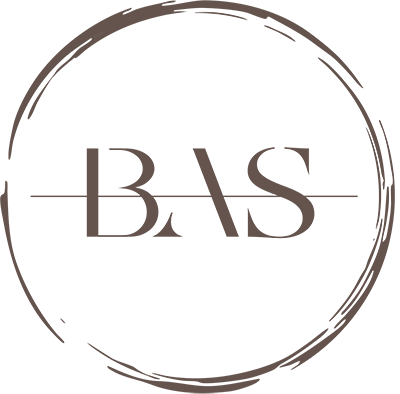Key Pillars for Product Success

In the workplace, usability and user experience (ux) are sometimes confused. They are not the same, usability of a product falls under the umbrella of UX. It is often thought that usability only has to do with the ‘ease of use’ of a product. There’s a lot more to it so let’s learn more about usability.
Usability is certainly important, even crucial. If users cannot achieve their goals efficiently, effectively and in a naturally satisfying way, they will most likely look for another solution to achieve their goals. You will quickly lose your user to your competitors if your product is not usable, this means your UX is really bad. There are plenty of alternative solutions for websites and apps. Important task for designers developing long-life products, make sure those products are usable otherwise you risk losing users to competitors.
Usability is the result of a user-centered design process. This process examines how and why a user will use a product and try to evaluate it. This is an iterative process and strives for continuous improvement after each evaluation cycle.
The 5 Characteristics of Usable Products
Whitney Quesenbery is an UX and Usability Expert and past president of the Usability Professionals’ Association (UXPA). In 2001 he gave five criteria that a product must meet in order to be usable:
- Effectiveness
- Efficiency
- Engagingness
- Error Tolerance
- Ease of Learning
1. Effectiveness
Effectiveness is about whether users can achieve their goals with a high degree of accuracy. Much of a product’s effectiveness comes from the support it provides to users when working with the product; For example, correcting a credit card field so that it only accepts a valid credit card number can reduce data entry errors and enable users to perform their tasks correctly. There are many different ways to provide support – the key is to be as informative as possible in a meaningful way to the user.
Redundancy in navigation can sometimes be beneficial; if users have multiple paths to their destination, they are more likely to get there. However, this can reduce the overall efficiency of the process so a balance must be struck.
2. Efficiency
3. Engagement
Engagement has become a buzzword, but if you look at the core of engagement, you can see that engagement occurs when users like a product or feel comfortable using it. Aesthetics matter here, which is why many companies invest a small fortune in graphic design elements – but these aren’t the only factors that go into how attractive a design is.
Commitment isn’t just about looking good, it’s more than this. The right layouts, readable typography, and ease of navigation all come together to provide the right interaction for the user and make it engaging. Looking good is not everything, as Wikipedia proves, which is famous for its basic design.
4. Error Tolerance
It is not realistic to be able to completely eliminate errors in products. In particular, digital products can be error prone due to the ecosystem they reside in. Ecosystems are often beyond the control of the designer. However, it is important to pay extra attention to this. In order to minimize the occurrence of errors and to ensure that the user can fix the error himself and go back to what user was doing is fault tolerance.r himself and go back to what user was doing is fault tolerance.
Promoting fault tolerance, according to Whitney Quesenbery, requires:
Limiting the opportunities to do wrong. Make links / buttons clear and straightforward, keep language clear and simple, don’t use jargon unless absolutely necessary, and keep dependencies in forms or actions together. Limit options for correcting choices if you can, and provide examples and support when asking people to provide data.
Give users a way to reset what they just did, go back and start over. Remember that visitors are doing things you don’t expect them to do. Facilitate this or offer advice / support to get back on the right track.
5. Ease of Learning
Utility + Usability = Usefulness
If you’re designing with usability in mind, it’s also important to think about utility. Usability is about making functions easy and enjoyable. The utility is about features that users actually need in the first place.
When usability and utility are combined, products become useful to their users. As an example a mobile payment app, it would be a useful feature to add people around you via social media. If most people find this feature completely unnecessary, it will be useless to them. All your efforts to add this easy-to-use feature will be wasted if the feature isn’t actually needed. So why not research this first?
Conclusion
Usability is more than just ease of use. If you want your product to be successful, you need to create designs that are efficient, effective, engaging, easy to learn, and error tolerant. There may be limitations to the value of usability and sometimes trade-offs also have to be made to ensure economic viability. If not, usability should be the top priority.
